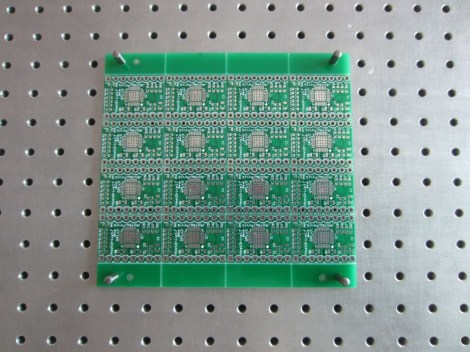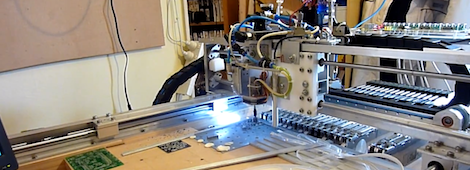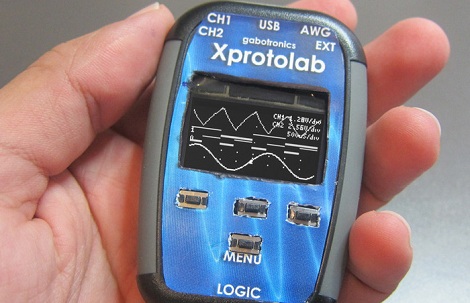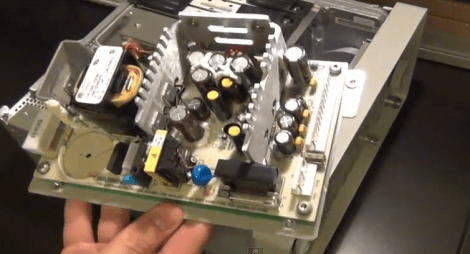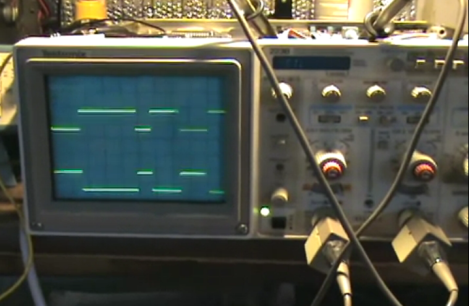At Hackaday, we’ve seen enclosures built out of just about every material. From wood, glass, epoxy resin, plastic, and even paper, all these different types of enclosures provide some interesting properties. Sometimes, though, you need an enclosure made out of metal and welding together steel cases isn’t exactly easy or cheap. [manekinen] came up with a really great solution to the problem of welding together sheet metal. It’s a very easy to build spot welder perfect for fabbing steel cases.
The core of the build is a transformer pulled from a Technics stereo amplifier. [manekinen] removed the stock secondary winding and rewound the transformer four turns of 35mm ² wire (about 2 AWG). This made the transformer put out 2.6 Volts a 1 kA – more than enough to weld 22 ga sheet.
For the control mechanism, [manekinen] put a limit switch on the electrode arm and wired that to a timer. A knob on the front of the welder allows him to vary the time the welder is on from 0 seconds to 4 seconds.
The results are fantastic – trying to rip apart a weld only results in the metal itself tearing; exactly what you want to see in a welder. It’s a great build made even more fantastic by the welder building its own enclosure.


